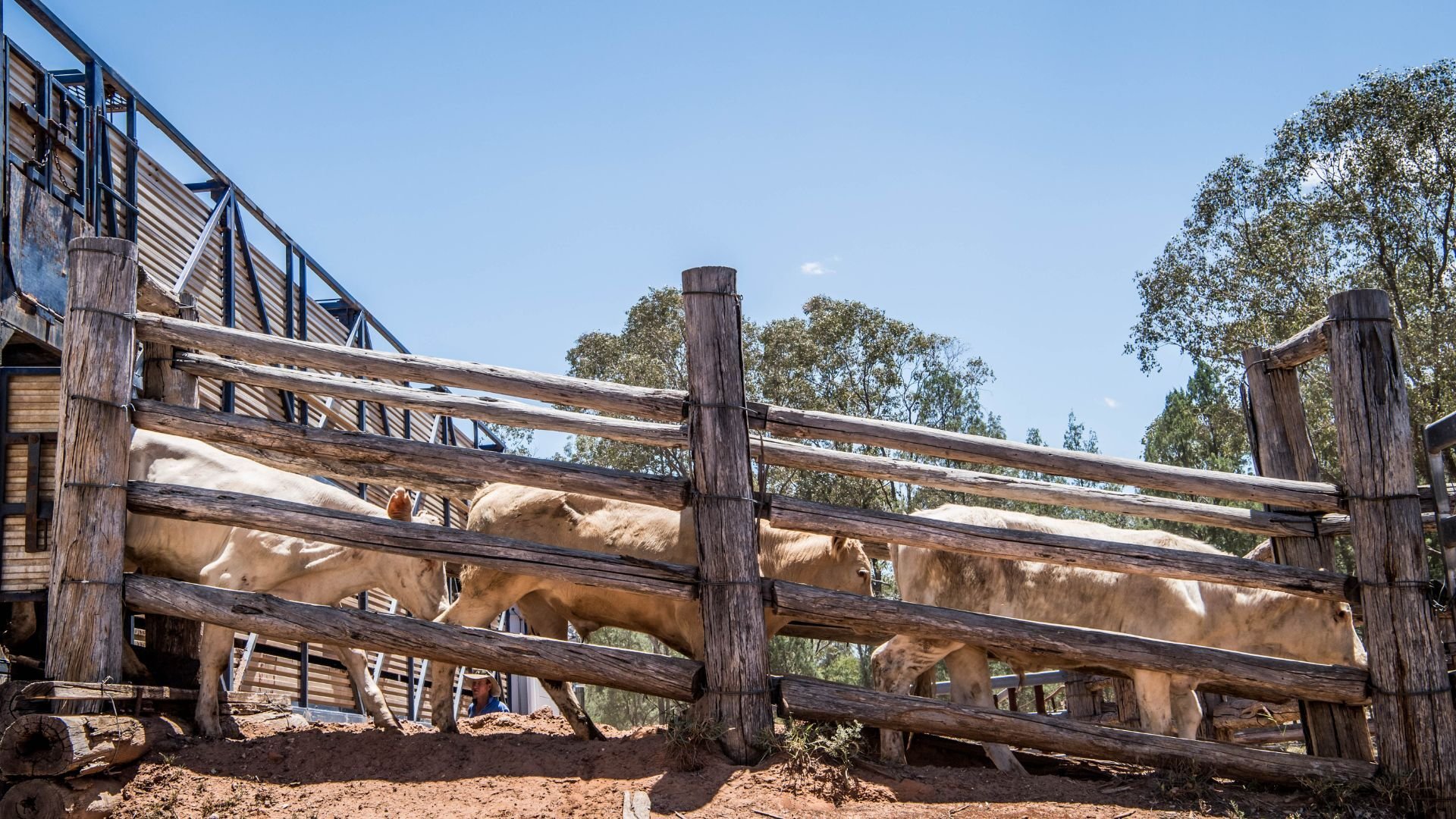Wool market carries confidence into final sale before Christmas
Australia’s wool market posted another strong performance this week, with all micron categories attracting solid support across the three selling...

After a dry and difficult period in the south, the outlook for grass-fed cattle trading heading into 2026 is looking notably more positive. The recent Bureau of Meteorology forecast for November through January shows a strong probability of above-median rainfall across much of eastern and northern Australia, particularly in Queensland, New South Wales, and Victoria.

This improved seasonal outlook points to good pasture availability through spring and early summer, giving producers the feed base needed to carry young cattle through a backgrounding or grass-finishing program. Combined with tightening US beef supplies and resilient global demand, the conditions are aligning to create an appealing window for producers to take on trading cattle through the coming months.
The trade model illustrated by Episode 3’s “Cattle Trade Margin Matrix – Grass Fed” helps frame the opportunity in numerical terms. The example assumes a restocker or backgrounder purchasing a 300 kilogram steer and feeding it on grass until it reaches 550 kilograms live weight, with a cost allowance of $300 per head for expenses such as animal health, transport and labour. The key variable, of course, is the buy and sell price per kilogram live weight, which together determine the eventual margin. The matrix shows that at a purchase price of 470 ¢/kg live weight, a level that matches current restocker yearling steer values, the margins remain positive across a range of sale price outcomes.

If that steer is later sold at around 400 ¢/kg live weight, which aligns with the EP3 forecast average for heavy steers through 2026, the model indicates a margin of roughly $490 per head. Should prices edge higher toward 425¢ or 450¢, which is not implausible in a tightening global beef market, the potential returns climb to between $628 and $765 per head respectively. Even at more conservative sale prices of 375¢, the trade remains viable, delivering around $353 per head after costs. These results underline the leverage that pasture availability and market timing can offer to grass-based operators when conditions are supportive.
The economics of this trade become clearer when placed in the broader market context. US beef production is forecast to contract further in 2026 as the American cattle herd rebuilds after years of liquidation. That tightening supply is already pushing imported lean beef prices higher, and Australia is well positioned to benefit, particularly given its expanding access into key markets such as the US, South Korea, and Japan. The stability of Chinese demand adds further ballast to export prospects, even as domestic consumption in the developed world plateaus. For Australian processors, this mix of offshore demand and constrained local supply should sustain solid price levels for finished cattle over the next twelve months. For restockers and grass finishers, it translates to confidence that sale prices for heavy steers in the 3.75 to 4.50 $/kg live weight range are achievable under typical seasonal conditions.
At the same time, the seasonal rainfall outlook suggests that grass availability will not be a limiting factor for many producers this spring. The Bureau of Meteorology’s November to January map points to a 60 to 80 per cent chance of above-median rainfall across much of the eastern seaboard, extending into southern Queensland and northern New South Wales. These conditions favour strong pasture growth, improved weight gains, and lower reliance on supplementary feed which are all factors that enhance trading margins. In previous dry seasons, feed costs or limited paddock capacity often forced earlier turn-off or lower target weights, eroding potential profit. This year, the rainfall probability and pasture outlook provide a handy alignment of feeding potential and market opportunity.
Naturally, there are risks worth considering. A sudden surge in young cattle prices could erode entry-level margins, just as a sharp downturn in export values or processor capacity could pressure exit prices. However, with global supply fundamentals supportive and domestic restocker sentiment steady, the balance of probabilities currently sits on the positive side. The EP3 forecast of a 400 ¢/kg live weight heavy steer average through 2026 is grounded in these same fundamentals of constrained global beef/cattle supply, solid offshore demand, and stable processor competition for finished stock. For producers with access to abundant grass, this environment rewards strategic buying.
The grass-fed trade opportunity moving into late 2025 and early 2026 stands out as one of the more promising in recent years. The combination of high rainfall likelihood, firm global beef prices, and positive domestic sentiment creates a rare moment of alignment between climate and market. Purchasing young cattle around 300 kilograms now and carrying them through to 550 kilograms on grass appears a rational and potentially lucrative strategy. Based on the EP3 matrix, margins in the $490–$765 per head range are within reach if the forecast price levels hold. For many producers, this may well represent the best chance in several years to capitalise on abundant feed, favourable prices, and solid export demand.
Matt Dalgleish is a director of Episode3.net and co-host of the Agwatchers podcast.
.png)
Australia’s wool market posted another strong performance this week, with all micron categories attracting solid support across the three selling...

The latest ABARES outlook for livestock products has sheepmeat production dropping for the 2025–26 financial year, pushing prices higher and...

Australia enters 2026 with both the beef and sheepmeat sectors positioned at significant turning points shaped by evolving supply cycles, global...